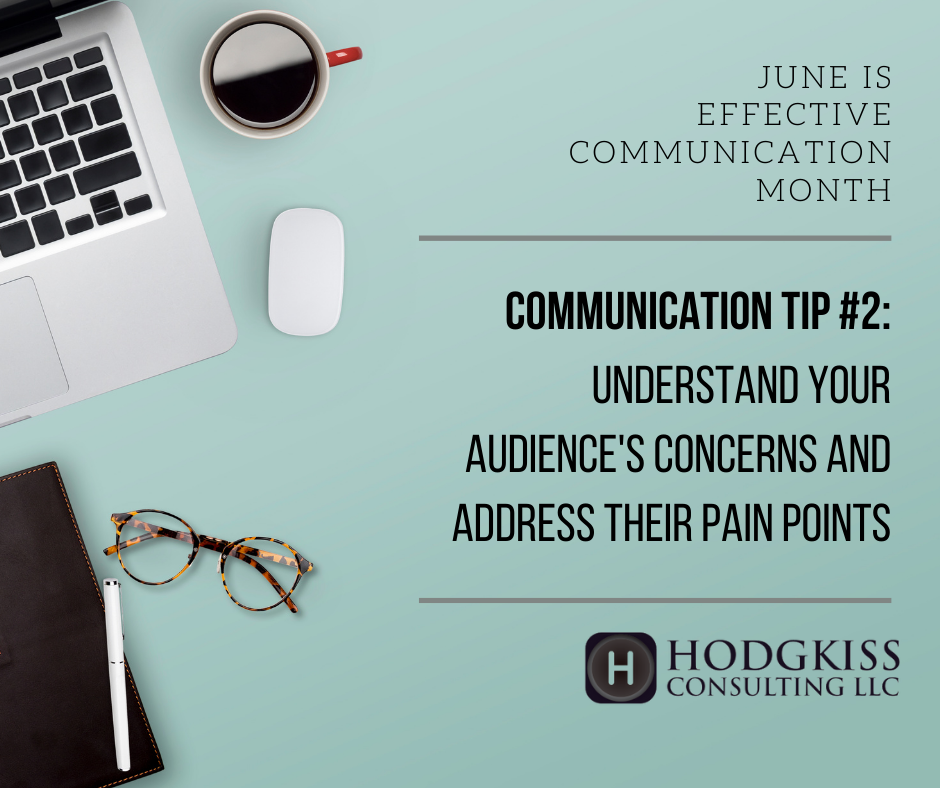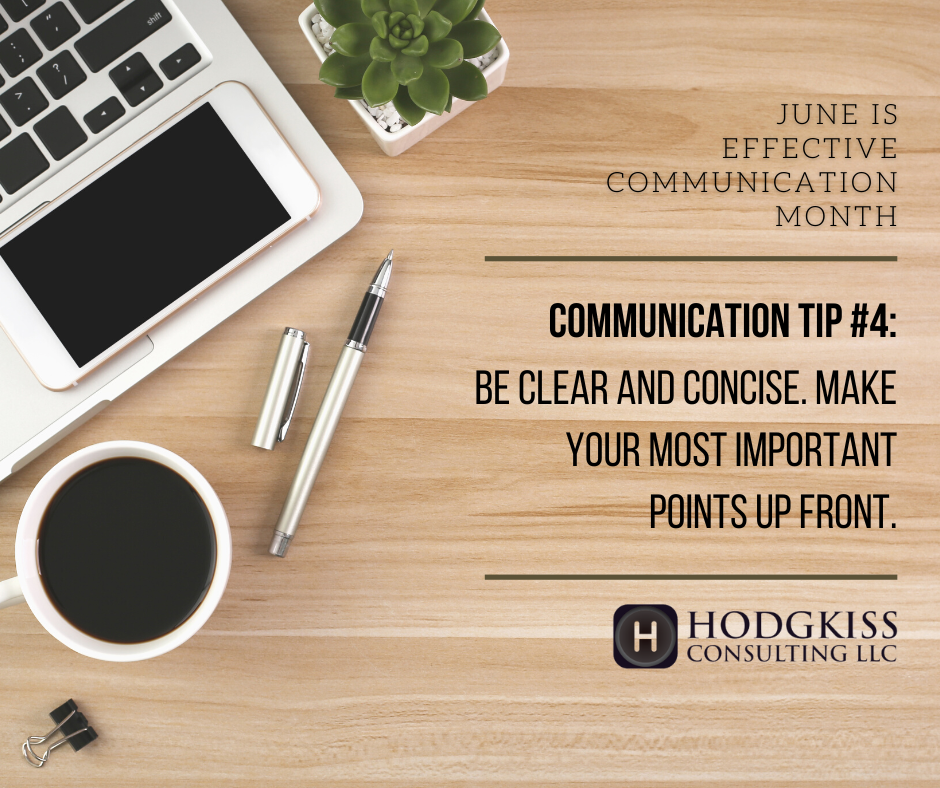Effective Communication Month: Sharing Our Favorite Writing Tips
#1: Find your focus. Before you put pen to paper or start typing in that blank Microsoft Word doc, consider this -- who is the piece for? Are you writing for colleagues, referral sources, current clients, or potential clients? Also, what is the goal? Are you educating your readers, promoting your business, or trying to increase engagement? Maybe a little bit of all three? For content to be effective, you should tailor your writing for a specific audience. Don't forget what the goal is and what value you're providing.
#2: Understand your audience’s interests and concerns. One of the primary differences between traditional marketing and content marketing is the scope. With traditional marketing, you're casting a wide net and promoting your services to a general audience. With content marketing, you're providing educational materials that your ideal clients would find valuable. So, as you're preparing to write your blog post, newsletter, article, or another piece of content, consider which readers you're trying to reach. What information would they find useful? What problems might they have that you're happy to help solve? Are there any new laws, regulations, or policies that they should know about?
For your content to be effective, you need to understand your audience's concerns, address their pain points, and provide a solution. The goal is to share materials that are valuable and engaging. This is also how you begin to develop trust and authority.
#3: Keep it conversational. You want your writing to be engaging and easy to digest. One of the ways to do that is to avoid industry-specific jargon, abbreviations, or other technical terms. If you're writing some long-form content and *have* to use an industry-specific term or phrase, make sure you define or explain it to your reader. Use a parenthetical or a footnote.
The goal is for your audience to understand the value of the material and how you can help solve their legal or business issues. It's tough to do that if the reader is wading through unfamiliar jargon and acronyms.
#4: Be clear, concise, and direct. Have you ever heard the journalism phrase "burying the lede"? It means that you're backing into your story. Instead of making your most important points up front, you're highlighting secondary facts and information. You're also putting yourself at risk of losing your readers before you've made your main points.
Instead of burying the lede, try putting your most important information in the headline, sub-headline, and the first 1-2 sentences of your content. Make sure your readers understand what points you'll be making and why it's valuable to them. If the goal is effective communication, your focus should be on delivering valuable content that's structured, clear, and easy to follow.
#5: Don't forget to include visuals! Content with images gets 94% more views and 1200% more shares (Source: Hubspot). If you want to attract and engage readers, one of the easiest and most effective ways is to include visual elements. As you're planning out your content, it's important to consider what images you'll be using. Do you want to use licensed stock photos? Are you going to create an original graphic? Do you need to take photos of an object, person, or event to accompany your written piece?
If the goal is effective communication, your content should include visuals that are eye-catching and relevant.





